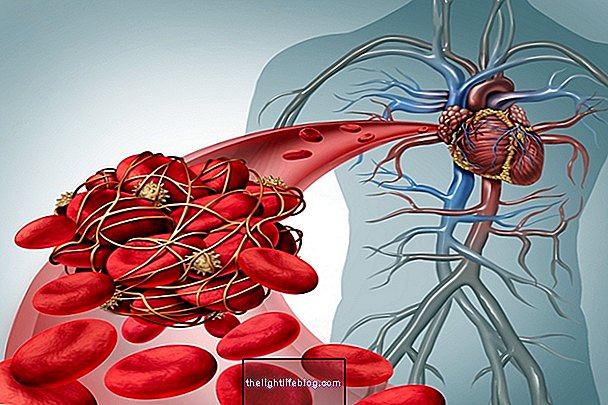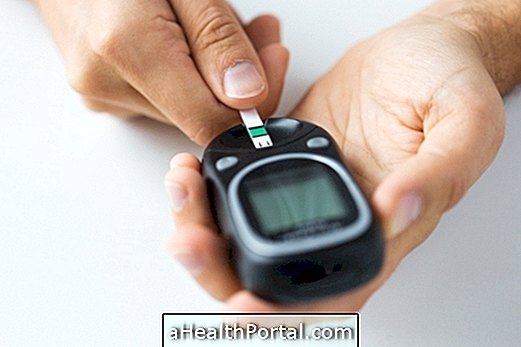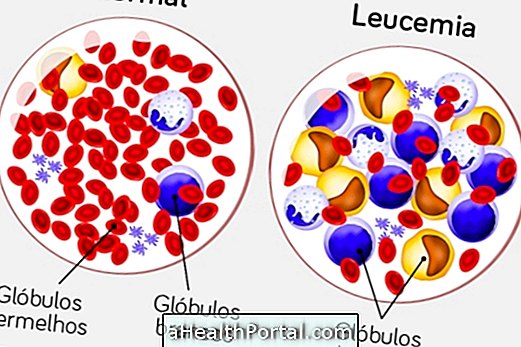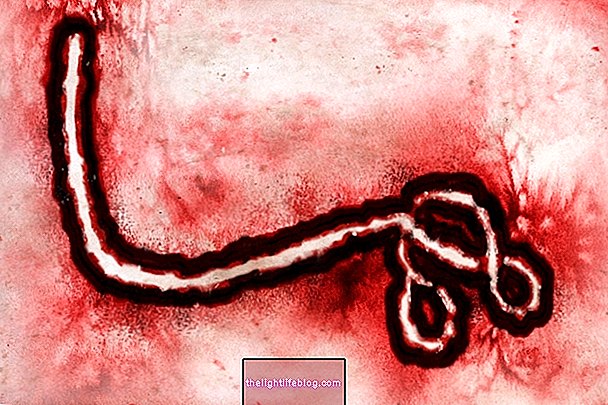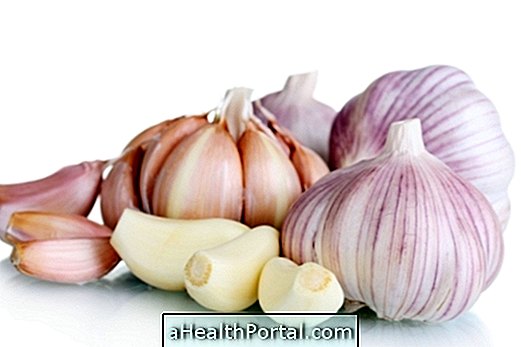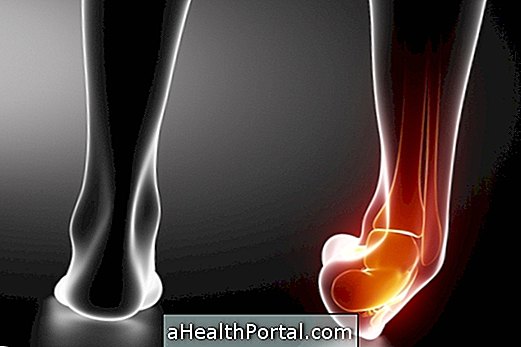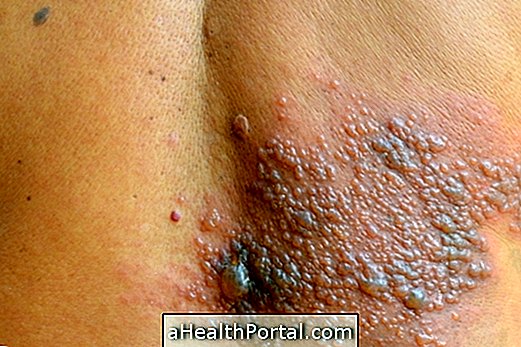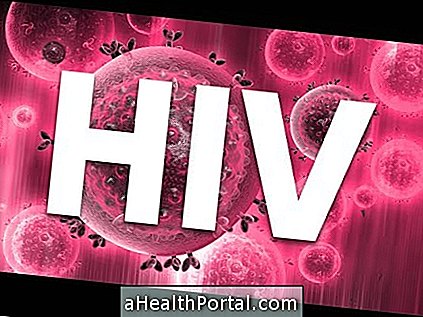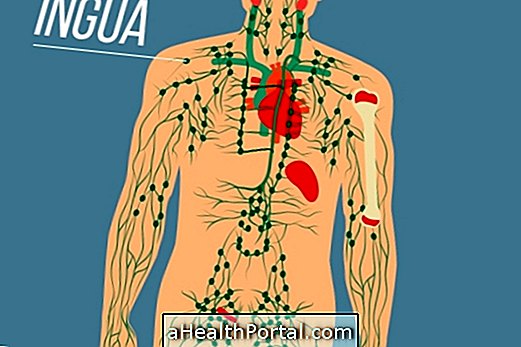The treatment for anemia varies depending on what is causing the disease, and may include taking drugs, supplementation or iron-rich food, for example.
In more severe cases, where it is not possible to control anemia using these simpler forms, your doctor may suggest a blood or even bone marrow transfusion. However, such cases are rare and usually occur due to genetic diseases.
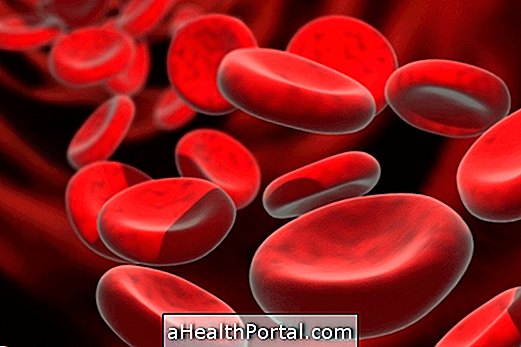
1. Sickle cell anemia
In this type of anemia there is a genetic alteration that changes the shape of red blood cells, reducing their ability to carry oxygen. Since it is not possible to correct the genetic alteration, the treatment is usually done with the administration of oxygen and blood transfusions to regulate the levels of normal red blood cells in the blood.
In addition, the doctor may prescribe the use of analgesics or anti-inflammatories, such as Diclofenac, to relieve the pain caused by this type of anemia.
In more severe cases, where it is very difficult to control anemia, cancer treatments, such as bone marrow transplants or anticancer medicines, such as Hydroxyurea, may still be used. Learn more about treating this type of anemia.
2. Iron deficiency anemia
Iron deficiency anemia occurs when iron levels in the body are too low, preventing proper production of red blood cells. In this way, the treatment is done with iron supplements and changes in diet.
Food to increase iron
To increase iron levels and treat iron deficiency anemia it is advised to increase the consumption of foods such as:
- Red meat in general;
- Kidneys, liver or chicken heart;
- Seafood and seafood;
- Black bean;
- Beet;
- Chard;
- Broccoli;
- Spinach.
After consuming any of these foods is recommended the immediate consumption of some food source of vitamin C to increase the absorption of iron, for example. Learn more about what food should be like in this type of anemia.
3. Megaloblastic and pernicious anemia
These two types of anemia occur due to a marked decrease in vitamin B12 levels in the body, being treated with supplements of this vitamin and a diet richer in vitamin B12.
However, in some cases, this lack of vitamin B12 may occur due to the lack of an intrinsic factor, which is a substance in the stomach that ensures the absorption of vitamin B12. In these cases, it is necessary to inject the vitamin directly into the vein, because if it is ingested, it will not be absorbed. These injections can be maintained throughout life.
Here are some important tips from our nutritionist to treat the lack of vitamin B12:

See also a list of foods that help treat the lack of vitamin B12.
4. Hemolytic anemia
To treat hemolytic anemia, which occurs due to the destruction of red blood cells by antibodies, the doctor usually recommends the use of drugs that reduce the action of the immune system, such as Ciclosporin and Cyclophosphamide, reducing the destruction caused by antibodies.
In more severe cases, surgery may still be necessary to remove a piece of the spleen because this organ is responsible for the destruction of blood cells.
Learn more about this type of anemia.
5. Aplastic anemia
Aplastic anemia is an autoimmune disease that affects the bone marrow, reducing the production of red blood cells. In these cases the doctor may recommend blood transfusions to improve red blood cell levels, but it may also be necessary to perform a bone marrow transplant, especially if the marrow is no longer able to produce healthy blood cells.

